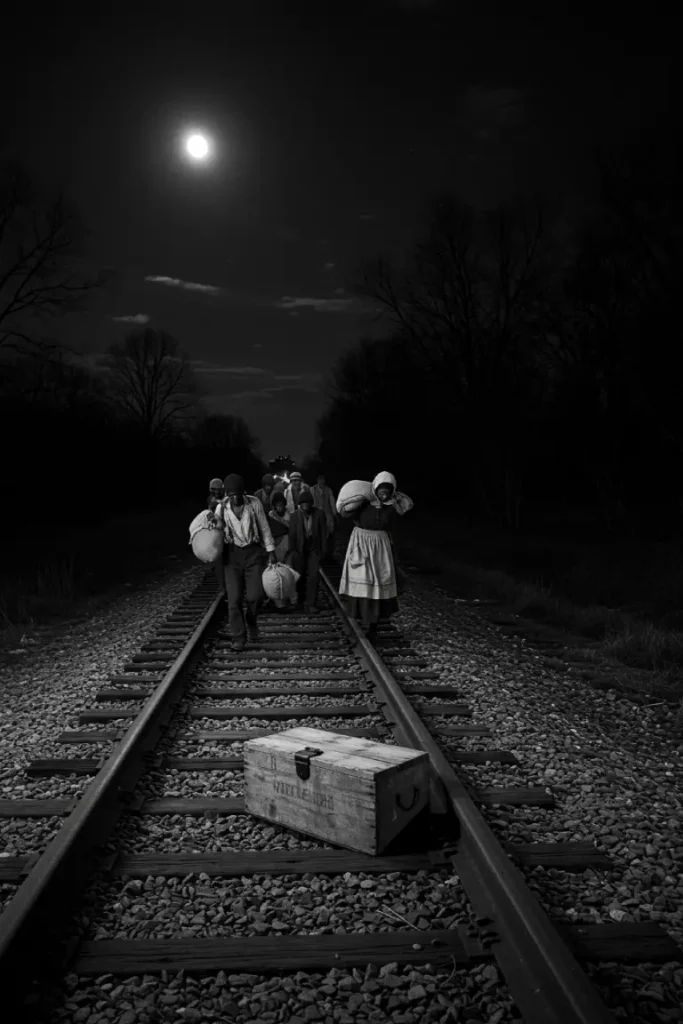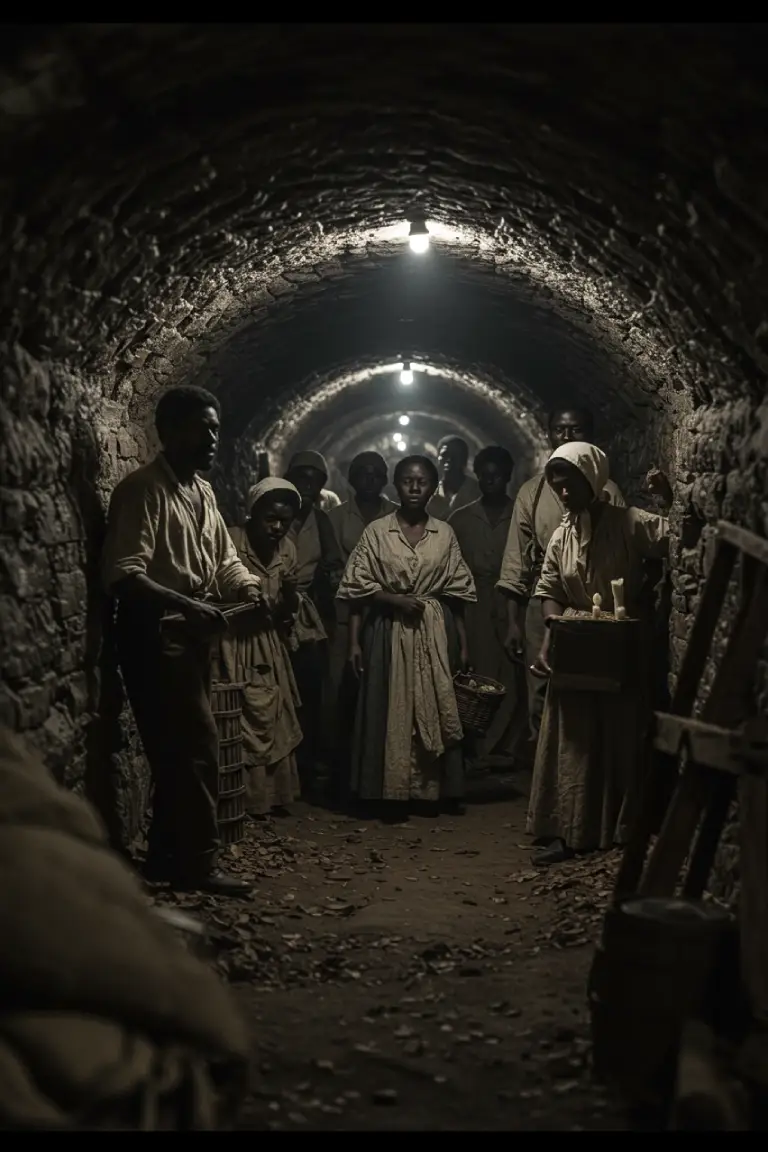The Underground Railroad stands as one of the most remarkable symbols of resistance and hope in American history. It was not a physical railroad, nor was it underground, but rather a clandestine network of routes, safe houses, and brave individuals who risked their lives to help enslaved African Americans escape to freedom. This extraordinary movement, fueled by courage and compassion, played a pivotal role in challenging the institution of slavery and shaping the course of the nation’s history.
The Origins of the Underground Railroad
The Underground Railroad emerged in the late 18th century and gained momentum in the 19th century as the abolitionist movement grew stronger. The term “Underground Railroad” is believed to have originated from the secretive nature of the network, with its participants using railway terminology as code. “Stations” referred to safe houses, “conductors” were individuals who guided escapees, and “passengers” were the enslaved people seeking freedom.
The system was not centrally organized but rather a loose coalition of abolitionists, free African Americans, Quakers, and other allies who shared a common goal: to end slavery. The Fugitive Slave Act of 1850, which mandated the return of escaped slaves even from free states, made the work of the Underground Railroad even more perilous but also strengthened the resolve of its participants.
Heroes of the Underground Railroad
The success of the Underground Railroad was due to the bravery and dedication of countless individuals. Among them, Harriet Tubman stands out as one of its most iconic figures. Born into slavery, Tubman escaped to freedom and then returned to the South numerous times to guide others to safety. Her unwavering courage earned her the nickname “Moses,” as she led over 70 enslaved people to freedom.
Other notable figures included William Still, often called the “Father of the Underground Railroad,” who documented the stories of those he helped escape; Levi Coffin, a Quaker who sheltered hundreds of fugitives; and Frederick Douglass, an escaped slave who became a powerful voice for abolition and provided assistance through his home in Rochester, New York.

The Journey to Freedom
The path to freedom was fraught with danger. Escapees traveled by night to avoid capture, using the North Star and other natural markers for navigation. They often faced harsh weather, hunger, and the constant threat of betrayal or capture by slave catchers. Despite these challenges, thousands managed to escape slavery through the Underground Railroad.
Routes often led from southern states to northern free states or Canada, where slavery was abolished in 1834. Canada became a haven for many escaped slaves, offering them legal protection and opportunities to rebuild their lives.
The Legacy of the Underground Railroad
The Underground Railroad was more than a means of escape; it was a powerful act of defiance against an unjust system. It demonstrated the strength of collective action and the profound impact of individuals willing to risk everything for justice and humanity.
While slavery was officially abolished in the United States with the 13th Amendment in 1865, the legacy of the Underground Railroad continues to inspire movements for freedom and equality around the world. It serves as a reminder of the resilience of the human spirit and the enduring fight for justice.
FAQs
What was the Underground Railroad?
The Underground Railroad was a secret network of routes, safe houses, and individuals who helped enslaved African Americans escape to freedom in free states or Canada.
Why was it called the Underground Railroad?
The term “Underground Railroad” used railway terminology as code to describe its secretive operations. For example, “stations” referred to safe houses, and “conductors” were guides who led escapees.
Who were some key figures in the Underground Railroad?
Key figures included Harriet Tubman, William Still, Levi Coffin, and Frederick Douglass, among many others who risked their lives to help enslaved people escape.
How did people travel on the Underground Railroad?
Escapees typically traveled by night, using natural markers like the North Star for navigation. They relied on safe houses and assistance from allies along the way.
What impact did the Underground Railroad have on history?
The Underground Railroad played a crucial role in challenging slavery and inspiring abolitionist efforts. Its legacy continues to symbolize resistance against oppression and the pursuit of freedom.
The Underground Railroad remains a testament to human courage and solidarity in the face of injustice. Its story is one that continues to resonate, reminding us all of our shared responsibility to fight for freedom and equality.



